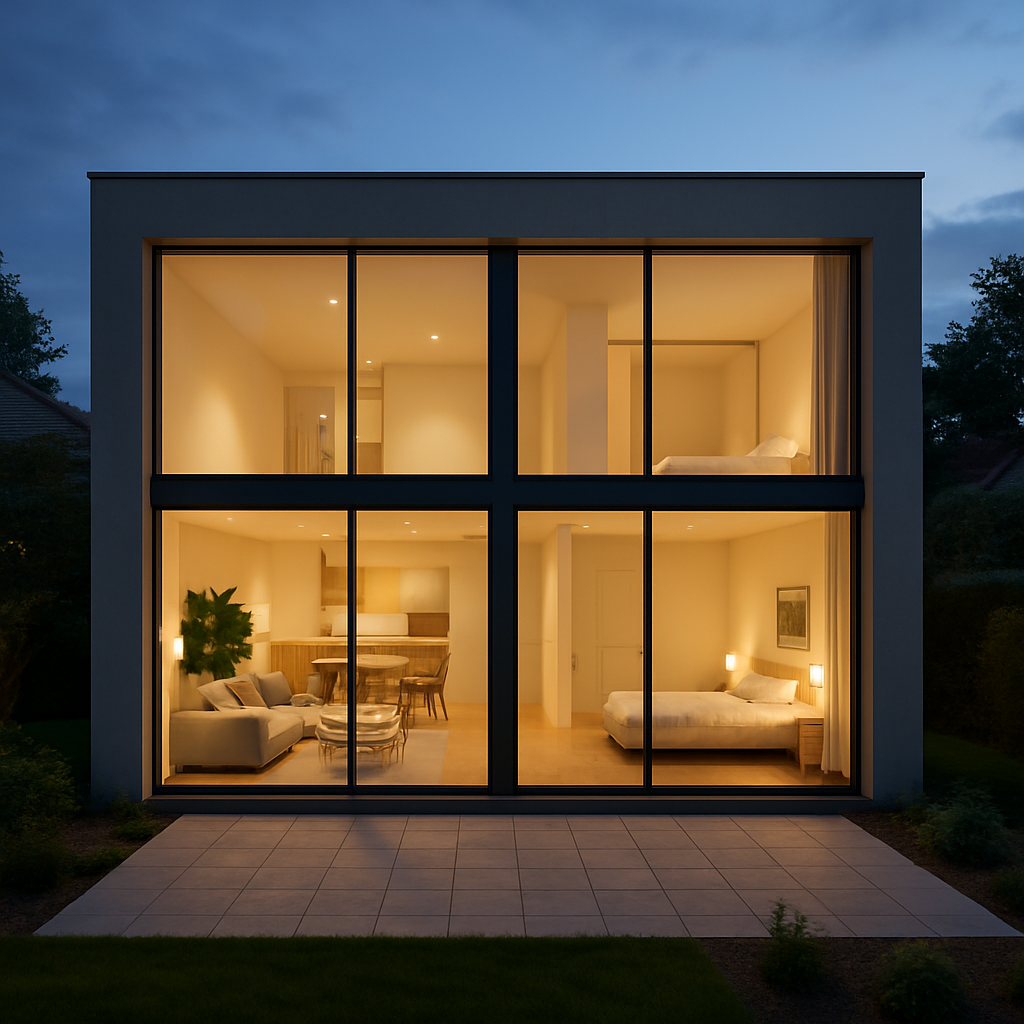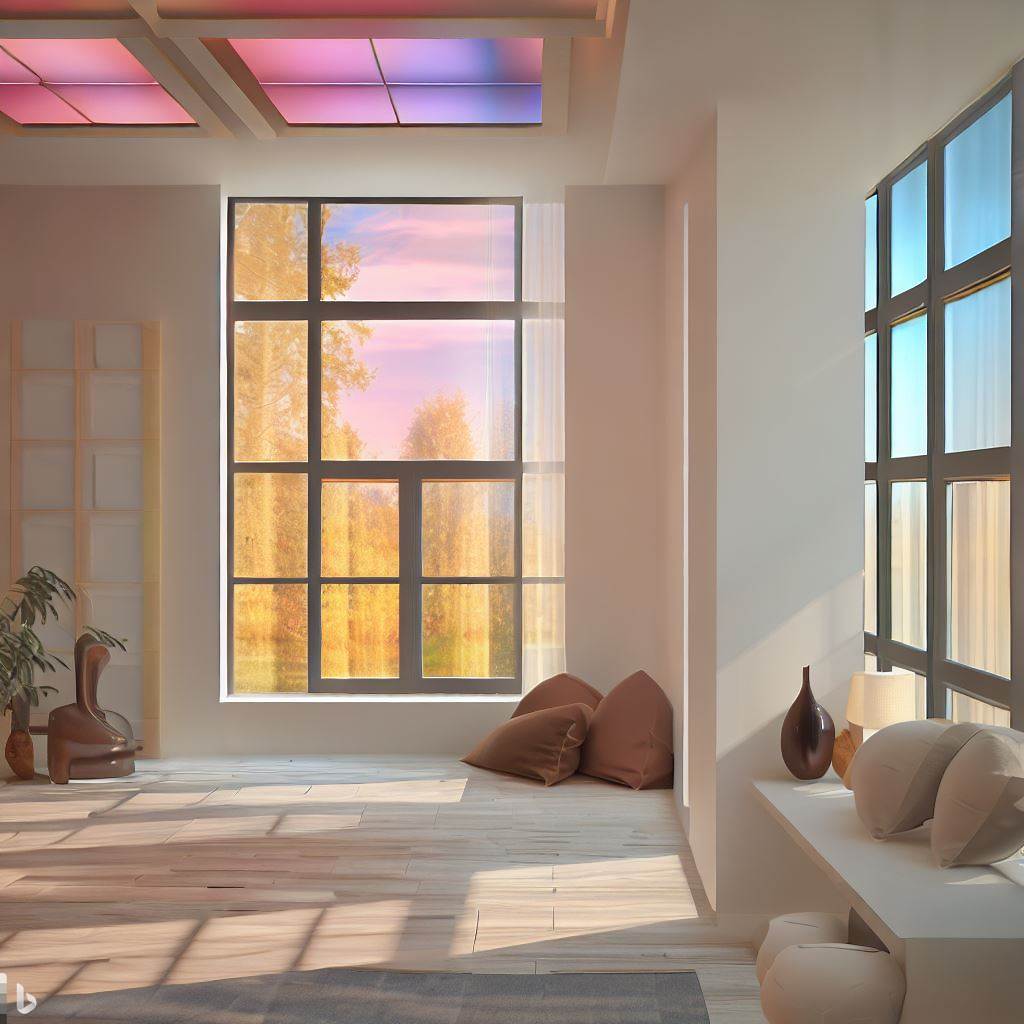Replacing tired, drafty panes does more than freshen your home’s look. Done right, it cuts utility bills and boosts resale value. But how much does it cost to replace windows in a house today? National surveys put the average cost of window replacement between $554 and $1309 per window, including labor, with full-house projects often topping $10,000.
The cost range of window replacement is so wide because every project mixes different materials, styles, and installation needs. This guide unpacks those variables so you can budget with confidence and find the sweet spot between performance and price.
Overview of Window Replacement Costs
Think of window pricing as two stacks: equipment and labor. On the product side, new window prices for a standard double-hung vinyl unit run $400-$800 each. Upscale wood or fiberglass can climb past $1,500. Labor adds another $100-$300 per opening for a straightforward swap and more if the installer must modify framing or headers. Multiple those figures by the number of windows you plan to replace, and the project total comes into view.
Key Factors Influencing Window Replacement Cost
Window type and style weigh heavily on the quote. A basic single-hung unit costs far less than an elaborate bay window that protrudes from the wall. A picture window comes without moving sashes and typically sits at the low-to-mid range. In contrast, sliding windows, bow windows, and architectural shapes command premium pricing because they require extra glass or structural support.
Frame material is the next price factor. Vinyl remains the budget champion. Expect a vinyl window replacement cost of $287-$1081 per unit. Aluminum comes in slightly higher, while composite and fiberglass push into the $1400 range for top-line models. Wood combines charm with steady insulation but carries ongoing maintenance and a sticker price to match.
Energy performance also changes the math. Low-E coatings, argon-filled gaps, and triple-pane designs can add $50-$250 per window, producing an energy-efficient window replacement cost that stretches budgets up-front but shrinks heating and cooling bills for decades.
Number of frames and overall project size affect volume discounts and crew efficiency. Ordering a dozen identical windows often trims per-unit rates compared with piecemeal work spread over years.
Additional Costs and Considerations
Beyond glass and frames, expect line items many first-time remodelers overlook. Local authorities may require permits for extensive home window replacement. These fees range from $50 to $350. Older houses sometimes hide decayed sills or lead paint, and those repairs drive material and labor costs higher.
Professional installers typically include haul-away service, but if they charge extra, disposal can run $50-$100 per load. Finally, finishing touches such as trim, insulation foam, or interior casing upgrades can add $75-$150 per opening.
When to Consider Window Replacement
Windows live roughly 15-30 years, depending on material and climate. Drafts that persist after weather-stripping, visible condensation between panes, rotting wood, or frames that refuse to stay open are all signs you’re due for an upgrade. Rising energy bills and outside noise creeping indoors also hint that seals and glass have lost their edge. If you plan to sell soon, new windows often recoup more than 70 percent of their cost at resale, according to remodeling-industry surveys.
How to Save Money on Window Installation Cost
Timing and planning reduce the hit to your wallet. Off-season installs in late fall or winter may be discounted since contractors want to fill their calendars. Bundling multiple openings under one contract cuts trip charges and allows dealers to order in bulk. Compare at least three quotes and read the fine print. Some firms waive disposal fees or upgrade glass packages if you choose their in-house crew.
DIY can shave hundreds per window, but only attempt it if you’re confident tearing out trim and aligning frames with laser-level precision. Poor fits leak air and void manufacturer warranties. More realistically, homeowners save by selecting mid-tier vinyl windows with double-pane glass and a solid Energy Star rating rather than going straight to triple glazing. Federal tax credits of up to $600 on qualifying energy-efficient products further trim the bottom line.
Finally, financing options abound. Many suppliers partner with lenders offering low-interest loans or same-as-cash promotions for 12-18 months. If you have significant equity, a modest home-equity line can cover a full-house job while spreading payments over five to ten years.
The Bottom Line
Because no two houses share identical openings or aging patterns, the average cost for new windows can be hard to pin down. Still, the national averages, about $600-$1300 per unit installed and $10,000 or more for an entire residence, offer a starting point. Your final figure will hinge on window style, material, efficiency features, labor complexity, and regional variables like permit fees and other additional costs.
Treat window shopping as you would car buying. Research models, test reputations, and negotiate bundles. Whether you land on budget friendly vinyl inserts, custom wood casements, or high-tech composites, understanding each cost driver empowers you to choose replacements that fit both your needs and your budget. This delivers brighter rooms, lower utility bills, and a refreshed curb appeal that lasts years beyond the final payment.
Check us out at Homeowner.org for more on home improvement. We’re here to be your ultimate resource as a homeowner!


